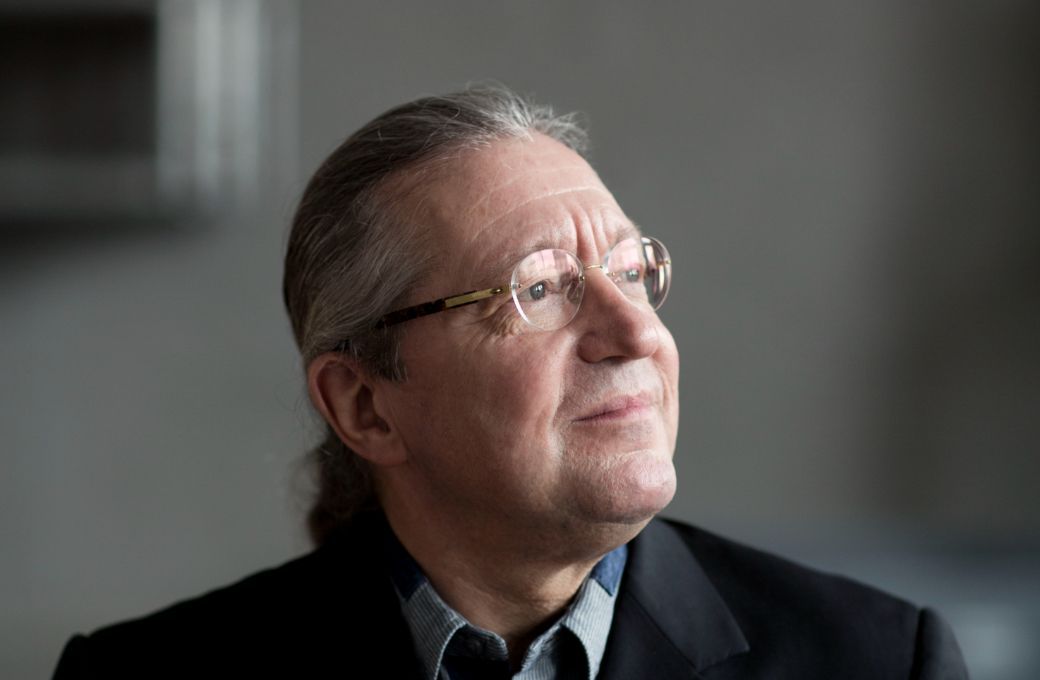The passage of time results in many things, not least the dulling of senses. Audiences today are hardly likely to sit bolt upright at the sudden raps that announce the start of Beethoven’s Fifth Symphony or leap out of their seats when confronted with the aural savagery of Le Sacre. Yet those were the startling effects at the time. So how do contemporary composers create new revolutionary paths?

In his Ballata no. 2 , the Italian composer Francesco Filidei lays out his credentials as a masterly purveyor of sounds and sonorities. It is one of a series of eight such “ballads”, drawing inspiration from great works of poetic literature, in this case Goethe’s Erlkönig. Frequently departing from standard musical notation, the score contains a succession of wavy lines with precise instructions as to how sounds need to be produced on individual instruments. Written for a small ensemble of just thirteen players, it oscillates around B flat, moving in a large but not quite symmetrical span from early whisperings through a very percussive climax and back again.
In this performance by the Hamburg Symphony Orchestra under its chief conductor, Sylvain Cambreling, the ear was repeatedly teased and tantalised. The piece is full of revolutionary touches in its instrumentation: the oboe’s use of bisbigliando to create gentle murmurings (at its close the player also crunches up a wad of bubble wrap), the bassoonist who rotates a buzzing bow, the double-bass adding searing effects from two tuned wine glasses, the pianist working with a jet whistle, and string players operating with a variety of small hairclips. The merle soufflé is used throughout to imitate bird calls. There was a marked narrative feel to the way Cambreling shaped the performance, which conjured up images of armies of tiny insects creeping over a forest floor, against a background of constant unease heightened by the shifting harmonics, individual voices speaking of the terrors of the night, and an eerie disintegration at the close.
Manuel de Falla’s astonishing feat of art in his one-act ballet El amor brujo is to use surrogate means to achieve a sensation even more vivid than the real thing would have been. Despite its essential Spanish character, there is no tambourine, castanet, hand clap, foot stomp, flamenco tap or even a guitar. Instead, the throbbing string chords of the Introducción y escena mimic precisely the call-to-arms of a gigantic flamenco guitar. There were fine atmospheric contrasts, moving from bright fiesta colour inherent in a gitanería to moments of soft inner reflection. A swarm of angry bees characterised the start of the Ritual Fire Dance, Cambreling drawing a compact lushness from his strings. In her three contributions, Catriona Morison showed off to good effect the dark caramel of her mezzo voice underlaid with a light smokiness in her chest register. The anguish and soulful contemplation were there; I just wanted there to be more gypsy wildness.
And so to the most famous of all symphonies. Here too the instrumentation is innovative, Beethoven introducing piccolo, contra-bassoon and trombones, and focusing attention for the first time on the structural importance of the Finale (given with all the repeats) rather than on the opening movement. Cambreling’s approach was essentially linear, fleet-footed and fully observant of all the counterpoint. With eloquent woodwind, not least a piercing piccolo sounding quite Shostakovich-like in the sharpness of colour throughout the final movement, and supple strings, the performance headed with a sureness of touch towards its culmination. Launched with fire and passion, it sounded more like the Storming of the Bastille than any grand imperial procession. But then, revolutionaries wait for no one.


